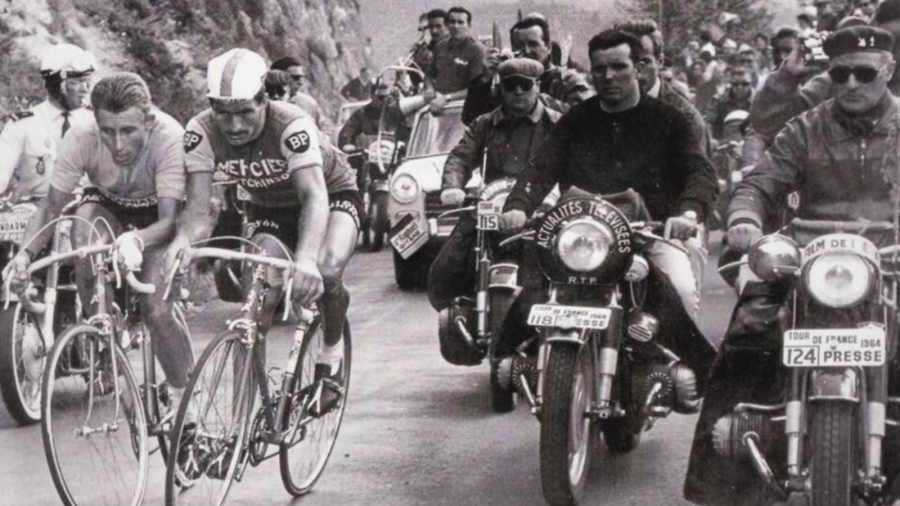The world of road cycling sometimes loves the second placed riders more than the winners. It’s especially the case of French cyclist, “The Eternal Second”, Raymond Poulidor (1936-2019), who rode Tour de France 14 times, he completed 12 of them, finished second of the general classification 3 times, and third 5 times. But he never wore the yellow jersey. (Which made the moment, when his grandson Mathieu van der Poel claimed the famous jersey in 2021 even more unique).
Raymond Poulidor’s best years collided with Jacques Anquetil’s best years, their duel reached its peak at the Tour de France in 1964.1
Poulidor was more agressive, attack-friendly rider, who was good in the mountains, while Anquetil dominated the time trials and was considered a more calculating, cold-headed racer.
Their clash on the 20th stage, which finished on Puy de Dôme, of Tour de France 1964 became one of the most iconic moments in the history of road racing.
Before the stage, Jacques Anquetil led the general classification with 56″ ahead of Raymond Poulidor, meanwhile third placed Federico Bahamontes was aready more than 3 minutes behind the race leader. The 20th stage was 237,5 km long, and besides the Puy de Dôme, the route also included St Privat.
But of course, everybody focused on the final ascent of the day.
After the first km of the climb, only Anquetil, Poulidor, Bahamontes, Julio Jimenez and Vittorio Adorni stayed at the front of the race. Soon, Adorni dropped after an attack of Bahamontes and Jimenez. From strategic point of view, this was an advantageous situation for Anquetil, because the two riders at the front earned the time bonuses, but they were far from the yellow jersey, so Anquetil had to focus on the real racing time of Poulidor only.
They rode literally shoulder by shoulder together, as the famous image shows it. Anquetil decided not to put his wheel behind Poulidor, which would be reasonable, but he wanted to wear also a psychological battle. Newerteless, Poulidor attacked a few times, but he could not drop his rival until they reached the Flammes Rouge.
Inside the final kilometre Poulidor was finaly able to ride away from Anquetil and finished third behind Jiménez and Bahamontes. After the stage he was only 14″ behind Anquetil, but could never turn the race. It was definitely the closest moment Poulidor ever had the possibility of winning the Tour de France
MORE ICONIC TOUR DE FRANCE CLIMBS
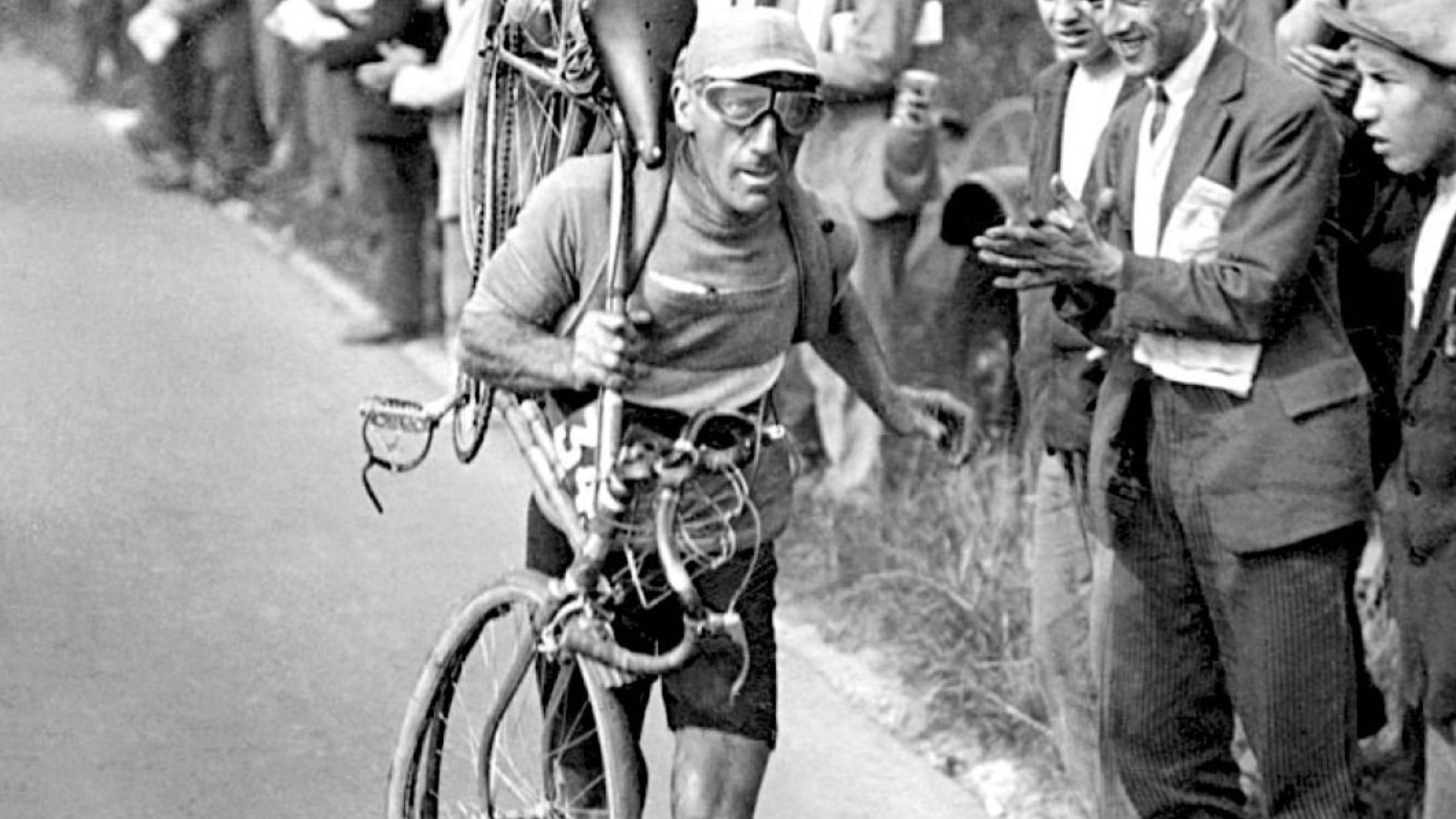
Faces from the peloton: Victor Fontan (1892-1982)
A cyclist running while carrying his bike on his shoulder. Surely, you’ve seen this vintage cycling image several times. Now it’s time to learn a bit more about the protagonist of the picture. Victor Fontan (1892-1982) in the Faces from the peloton series of PelotonTales blog. A local rider World War I (as did World … Read more
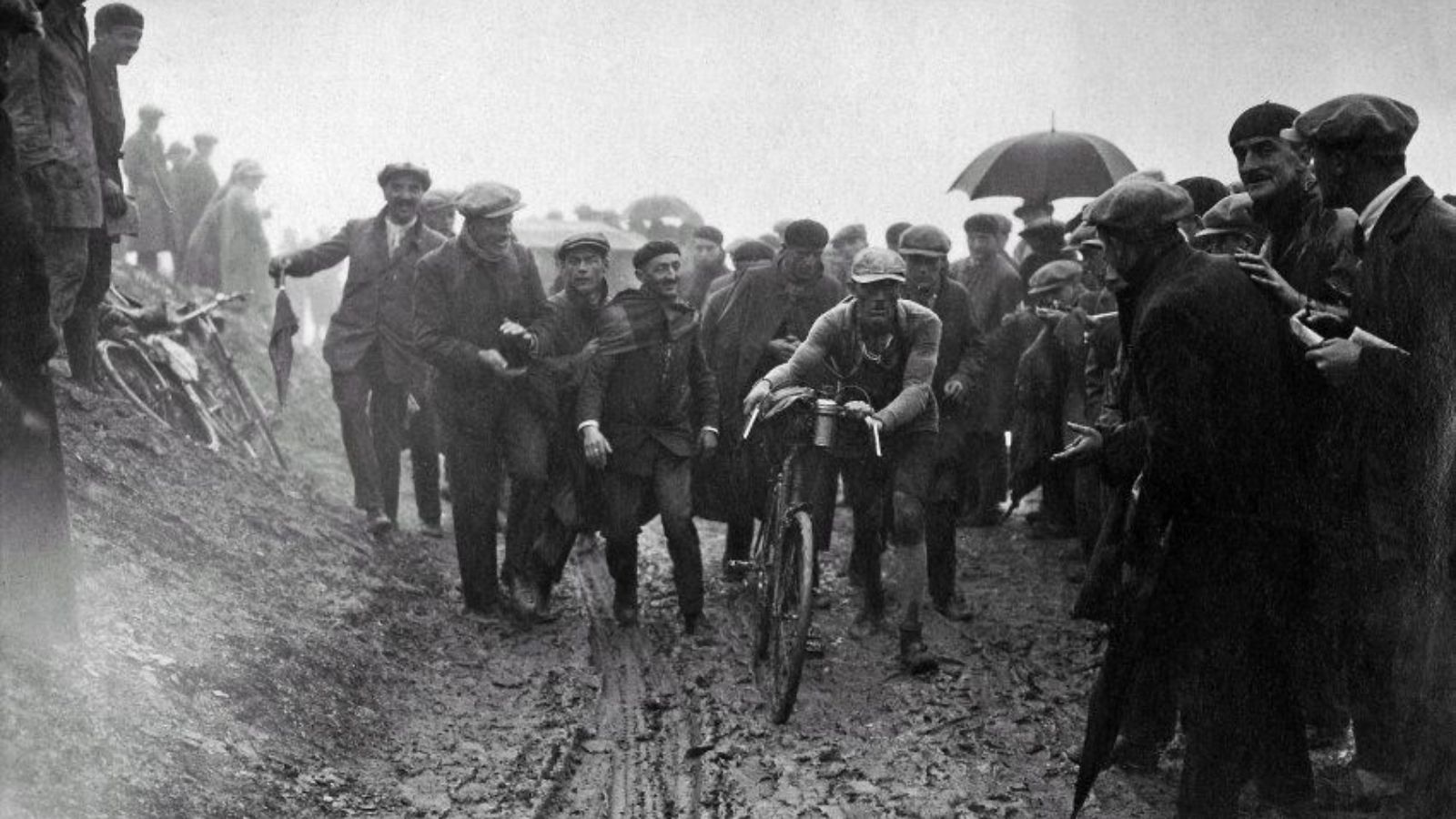
The toughest Tour de France stage ever
The 10th stage of Tour de France 1926 is often dubbed as the toughest stage ever in the history of the race. The 326 km long route between Bayonne and Luchon on the 6th July 1926 went down in history also as one of the most chaotic ones thanks to the extreme weather conditions in … Read more
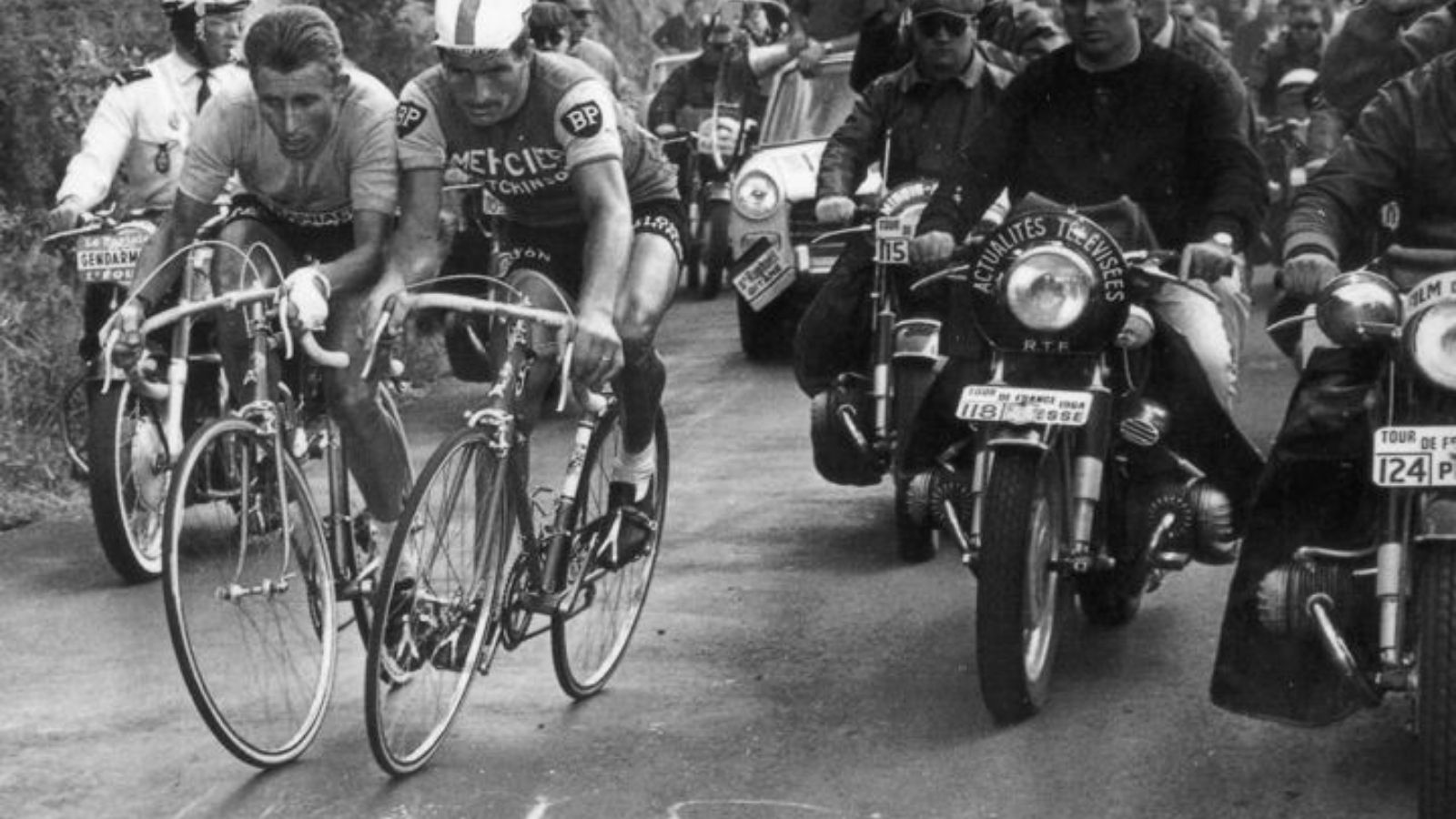
Puy de Dôme (Iconic places #2)
Tour de France 2023 presented a great gift for every road cycling history fans: after 35 years Puy de Dôme was reintroduced to the race. Although the 9th stage of Tour de France 2023 was only the 14th appearance of the ascent, it became one of the most iconic places in the history road cycling … Read more
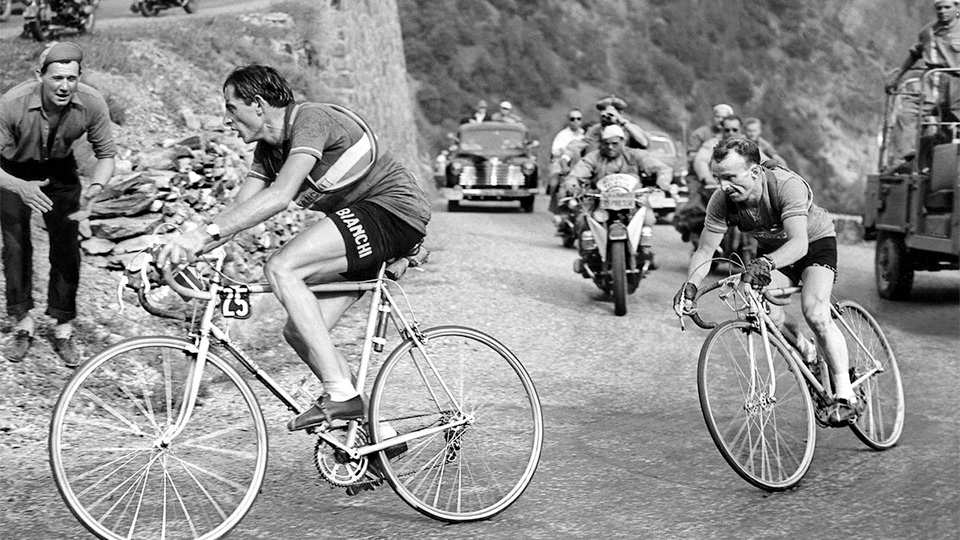
Alpe d’Huez, the instant classic
There is a simple reason, why Alpe d’Huez was introduced to the Tour de France only in 1952, while the race visited the Alps since 1911 frequently: there is only one way up to the top, hence the stage must be finished there. But the concept of a hilltop finish wasn’t born yet. Indeed, the … Read more
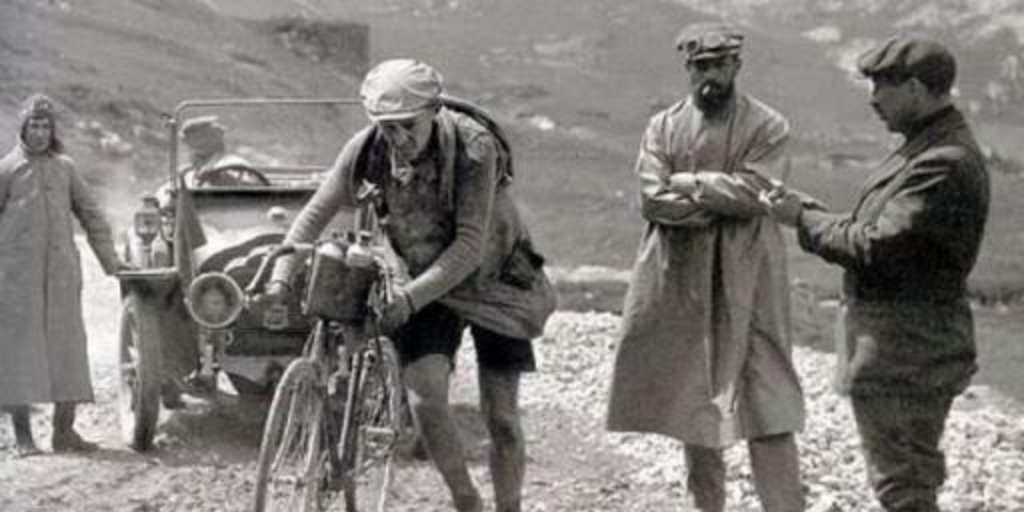
Introducing Col du Tourmalet to Tour de France
It was a great moment and yet one of the weirdest situations in the history of Tour de France, when and, it seems to be more important, how the organisers decided to put Col du Tourmalet in the program. Crossed Tourmalet stop. Very good road stop. Perfectly passable. -stood in the telegram Alphonse Steinès sent … Read more
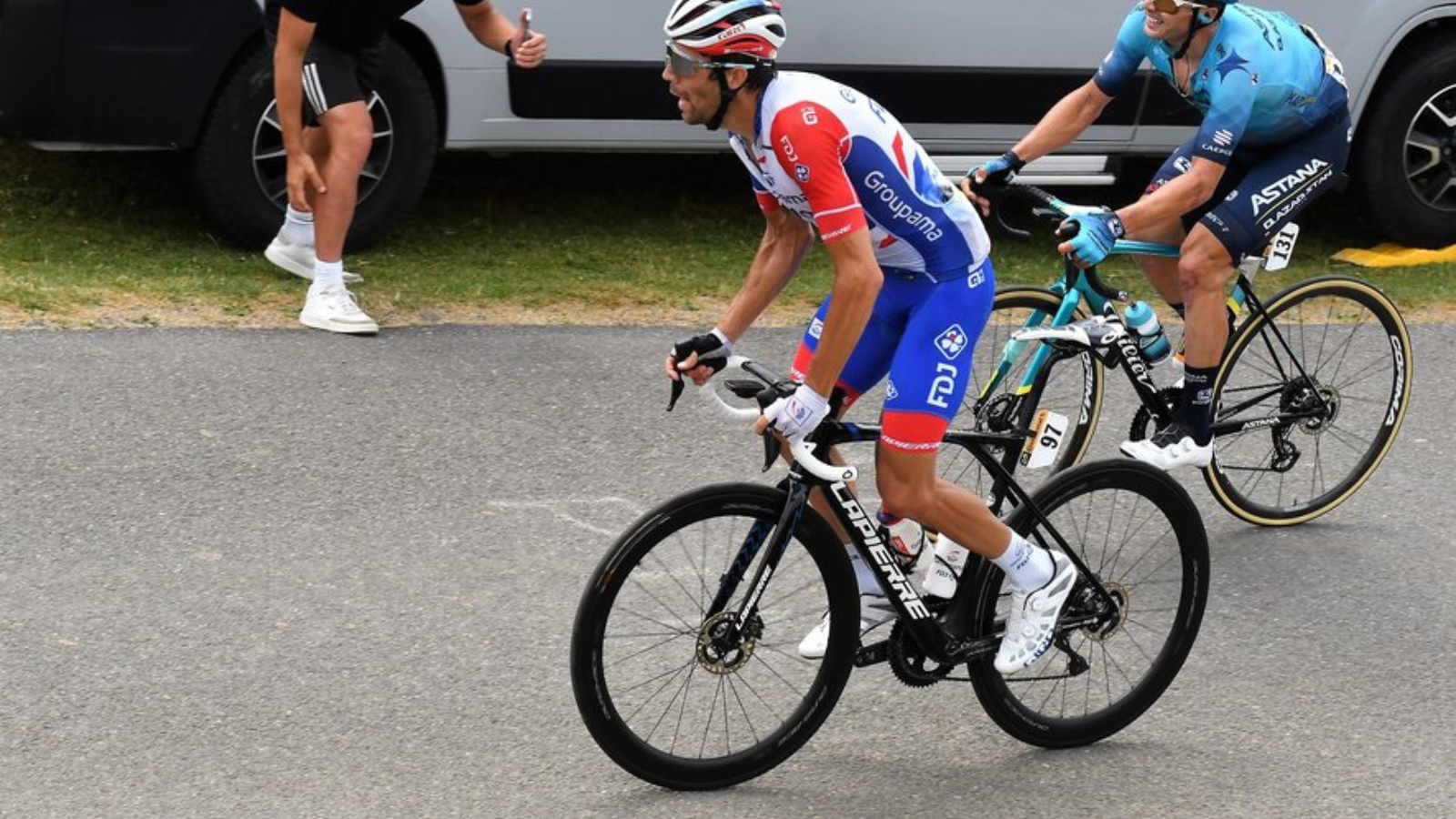
Horquette d’Ancizan at Tour de France
Horquette d’Ancizan has a short history regarding its appearances at Tour de France. 2022 Thibaut Pinot (FRA) 2019 Simon Yates (GBR) 2016 Chris Froome (GBR) 2013 Daniel Martin (IRL) 2011 Laurent Mangel (FRA) Horquette d’Ancizan will part of the program Tour de France 2024.
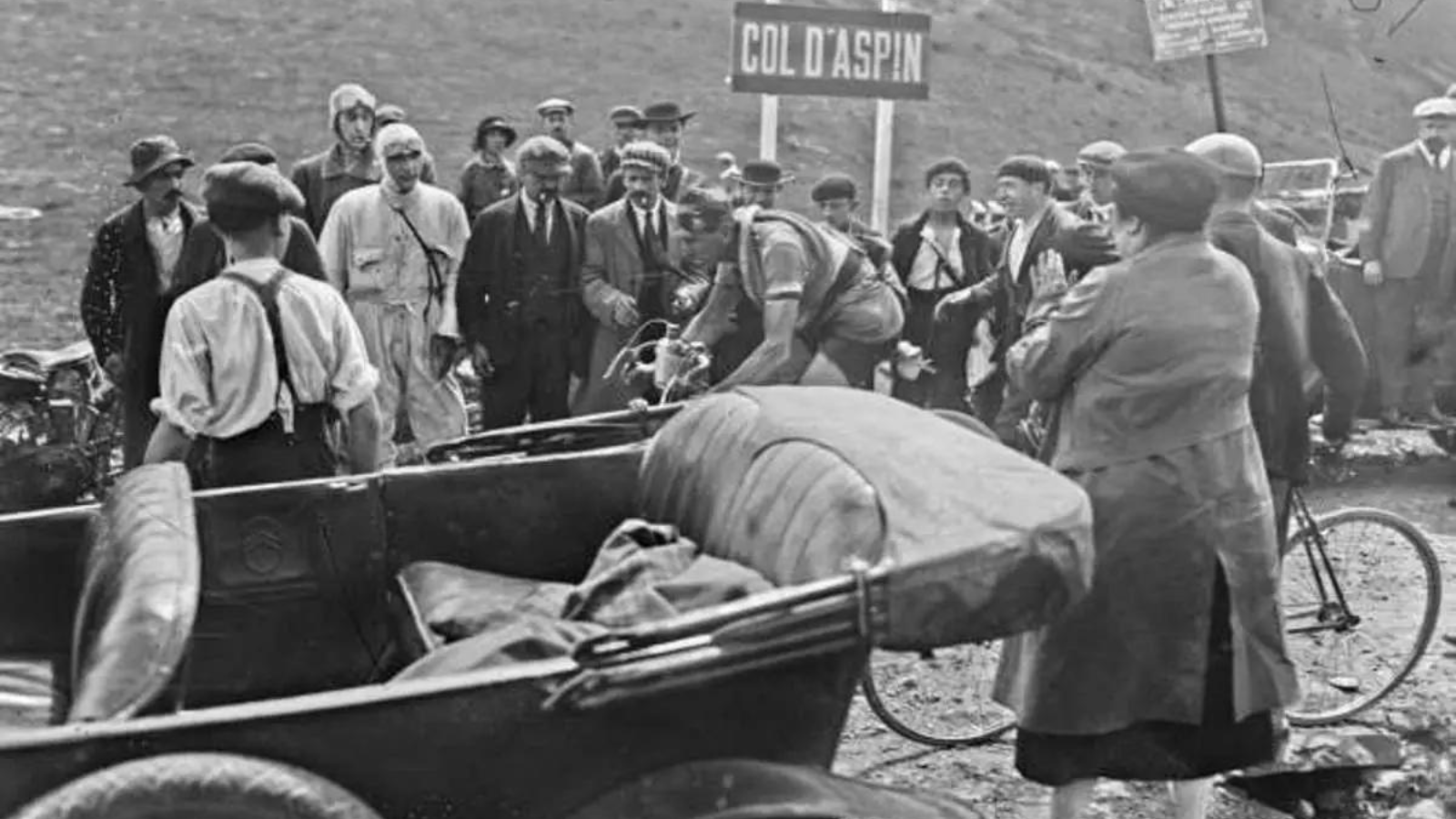
Jean Alavoine on the Col d’Aspin (Tour de France 1922)
Jean Alavoine (1888-1943) had a very good Tour de France in 1922. He won three stages, two of them in the Pyrenees and thanks to his great performance, he was wearing the yellow jersey for five days. Col d’Aspin was part of the program of the 6th stage alongside with Aubisque and Peyresourde, as usual. … Read more
- Their rivalry went beyond the world of sport, their characters and lifestyles embodied two different archetypes of the French society in the 1960s. Read more: John Gaffney – Diana Holmes: Stardom in postwar France. Berghahn Books. 2007 [↩]
